How to Make a Gluten-Free Sourdough Starter
5.0
(44)
Your folders
Your folders
Author : Bakerita | Rachel Conners

Ingredients
Export 1 ingredients for grocery delivery
Instructions
Step 1
Clean your jar well with soap and hot water. It doesn’t need to be sanitized in a hot water bath like canning, but it needs to be clean to make sure there are no bacteria lurking around that will harm your starter and hinder its growth.
Step 2
Weigh your jar on your scale. Using a label or piece of tape, mark your jar with how much it weighs. This will help you to know exactly how much starter you have left in your jar when you’re feeding.
Step 3
In the morning, combine 50g flour and 50g room temperature water in your clean jar using a non-reactive spoon, like stainless steel or wood. If you’re using an absorbent type of flour, you may need a little bit more water. You’re looking for a thick paste-like consistency. Scrape down the sides of the jar and close lightly, not fully sealed but covered. You can also cover it with a tea towel and a rubber band to hold it in place.
Step 4
Leave in a slightly warm place all day. Repeat at night before you go to bed (about 12 hours later), adding 50g more of each flour and water to the jar. Stir, and scrape down. We’re doing twice a day feedings in the beginning to help strengthen the starter quickly.
Step 5
Repeat this process morning and night for two full days, or four total feedings. You should be noticing some bubbles by now, and maybe some odd smells! Persevere through any bad smells, they should go away in a few days.
Step 6
If you’re seeing bubbles and have a sour smell, you’re ready to discard. Day three you’ll want to remove half of the starter. Later on in the process, you can keep the starter to use for other recipes. But at this point, you’ve still got bad bacteria in the mix, so I recommend throwing it away or putting it into your compost.
Step 7
For the next five days, you’ll want to discard half of the starter every feed. Keep feeding 50g each of flour and water. We’ll up this to 100g for maintenance when we start baking with it, but for now, we don’t want to create any extra waste! You may notice your starter gets less active when you start discarding it. Don’t worry – that’s normal, and your starter is just gaining strength.
Step 8
Keep feeding twice a day until you start seeing good bubbles. Once you’re seeing good bubbling and rise, you can switch to once-a-day feeds.
Step 9
Around this time is when I generally start having a nice bubbly starter with a pleasant, yeasty smell. However, everyone’s conditions are different, so don’t worry if you’re not there yet! Just continue on with feedings. If your starter is smelling good at this point with good bubbles, you can start using the discard for sourdough discard recipes.
Step 10
Once you start seeing good bubbles and have a pleasant smell, this is usually sometime during the second week, increase your feedings to 100% hydration, with 100g of flour.
Step 11
This can vary slightly based on the absorbency of your flour, but it will be about equal. For my brown rice flour starter, it ends up being pretty even, but with my sorghum starter, I find I only need about 80g of sorghum flour to 100g each of starter and water. We’re looking for a thick, pasty consistency, so add a little extra water if your starter gets too thick.
Step 12
Once you switch to the 100% hydration feeding, you will start seeing good growth and should notice that your starter will double (or come close) sometime between three to five hours after feeding. When it’s at its highest, that’s what we call peak activity. Peak activity is when you’ll want to mix up your preferment for your sourdough bread.
Step 13
you can feed and return straight to the refrigerator.
Step 14
remove from the refrigerator, feed as normal, and make your preferment when the starter is at peak rise. Sometimes, two feedings are needed to help the starter come back from its dormancy in the fridge and get to a good, bubbly rise.
Top similar recipes
Curated for youYour folders
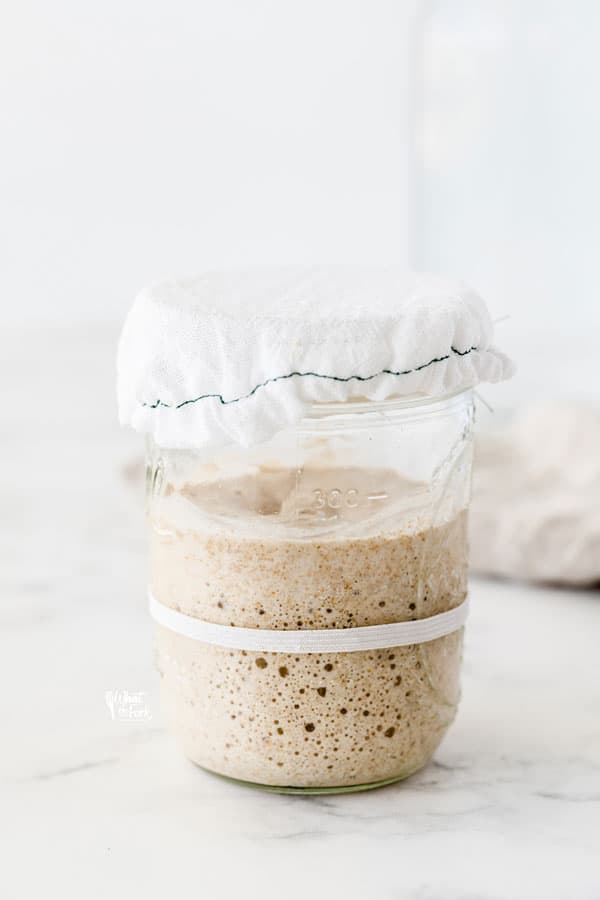
 134 views
134 viewsHow to Make a Gluten Free Sourdough...
whattheforkfoodblog.com
4.6
(76)
Your folders

 116 views
116 viewsHow to Make a Gluten-Free Sourdough...
bakerita.com
5.0
(44)
Your folders

 272 views
272 viewsHow to Make a Gluten-Free Sourdough...
homesteadandchill.com
4.9
(35)
Your folders
 72 views
72 viewsHow to Make a Gluten-Free Sourdough...
homesteadandchill.com
Your folders
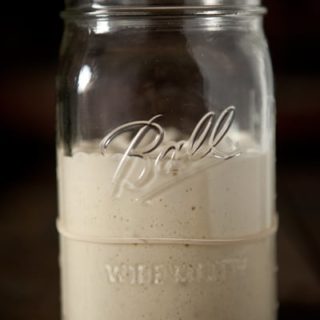
 266 views
266 viewsHow to Make a Sourdough Starter
pinchmysalt.com
4.3
(22)
Your folders
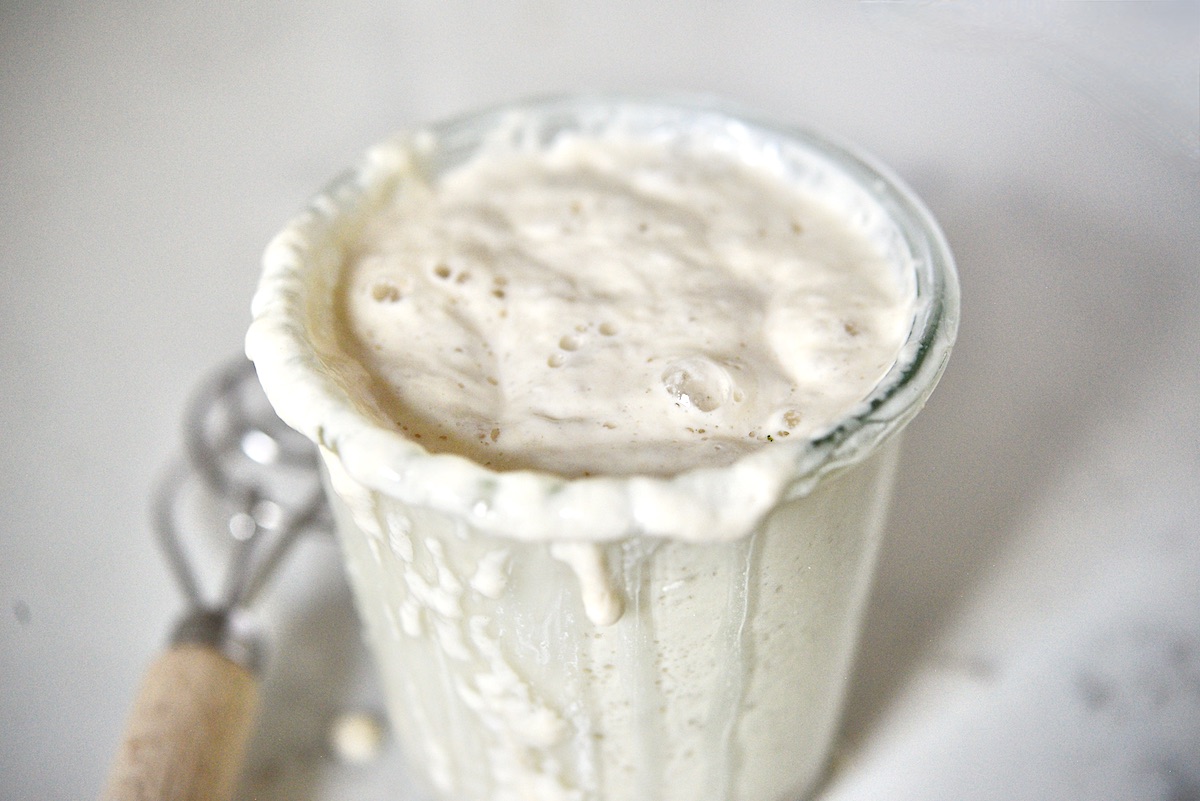
 210 views
210 viewsHow to Make a Sourdough Starter
ourgabledhome.com
4.9
(10)
Your folders
/__opt__aboutcom__coeus__resources__content_migration__serious_eats__seriouseats.com__2020__05__20200512-sourdough-starter-5050rye-full-jar-tim-chin-0931479ce7464ad989fefcfb14654cf0.jpg)
 374 views
374 viewsHow to Make a Sourdough Starter
seriouseats.com
Your folders

 338 views
338 viewsHow to Make a Sourdough Starter
lionsbread.com
Your folders
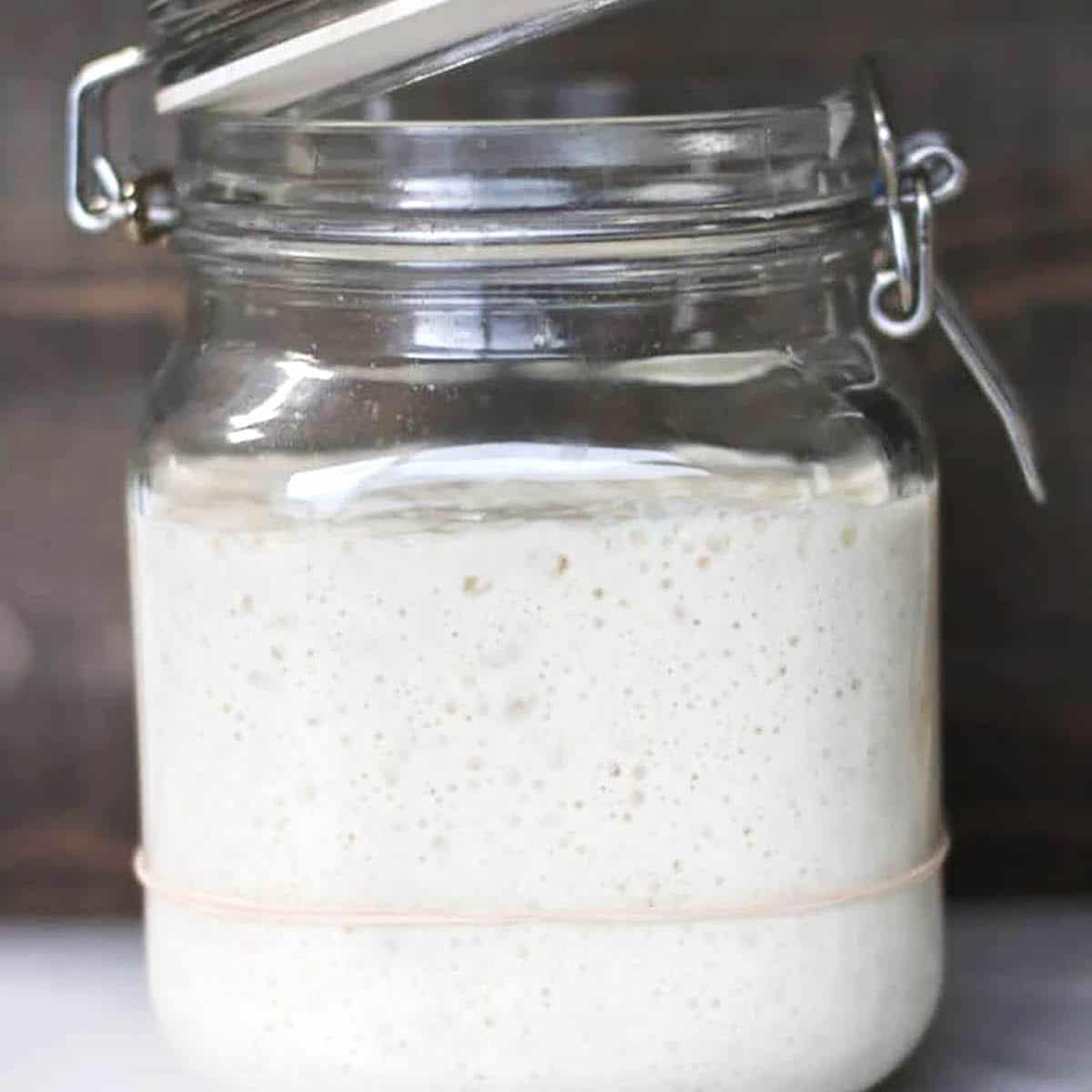
 213 views
213 viewsHow to Make a Sourdough Starter
dirtanddough.com
4.7
(3)
Your folders
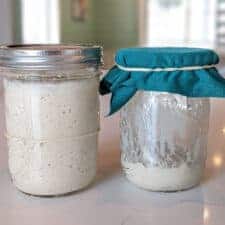
 276 views
276 viewsHow to make a sourdough starter
blessthismessplease.com
5.0
(20)
240 hours
Your folders
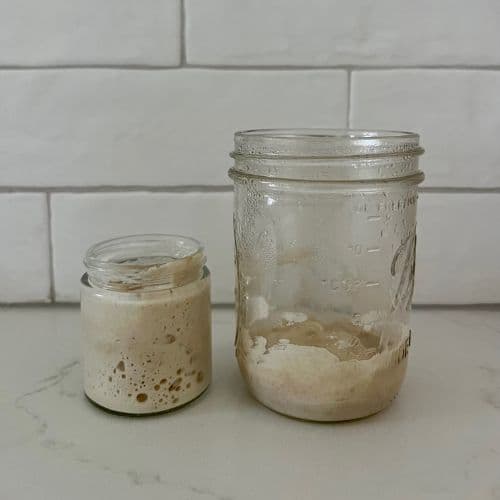
 161 views
161 viewsHow To Make A Small Sourdough Start...
pantrymama.com
3.7
(25)
Your folders

 143 views
143 viewsHow to make a sourdough bread start...
theirishmanswife.com
5.0
(3)
Your folders
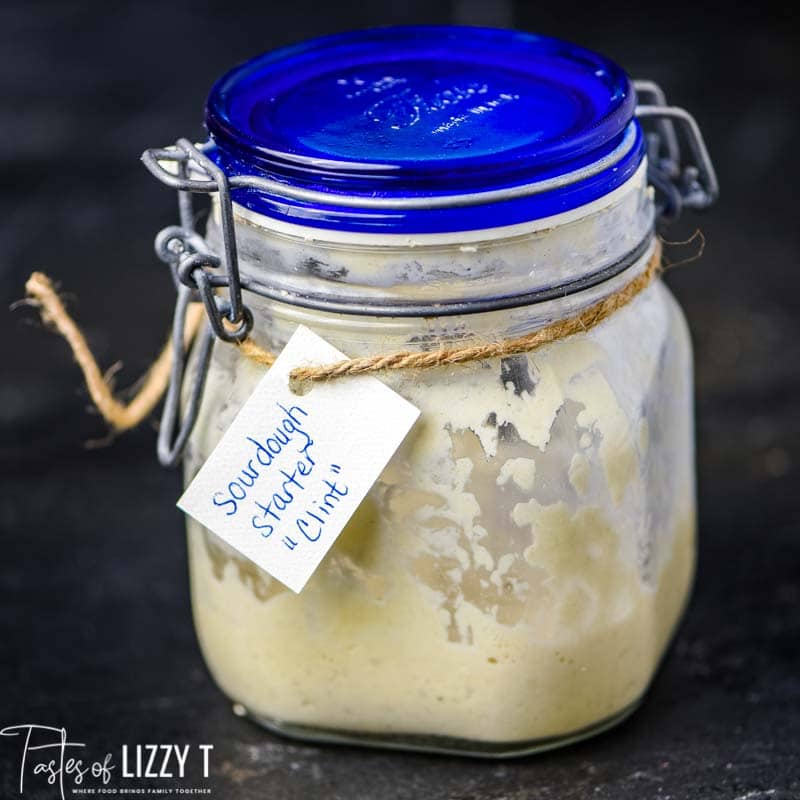
 278 views
278 viewsHow to Make Sourdough Starter
tastesoflizzyt.com
4.8
(29)
Your folders
 466 views
466 viewsHow To Make Sourdough Starter
themodernproper.com
Your folders
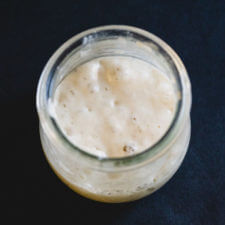
 543 views
543 viewsHow to Make Sourdough Starter
acouplecooks.com
3.8
(259)
120 hours
Your folders
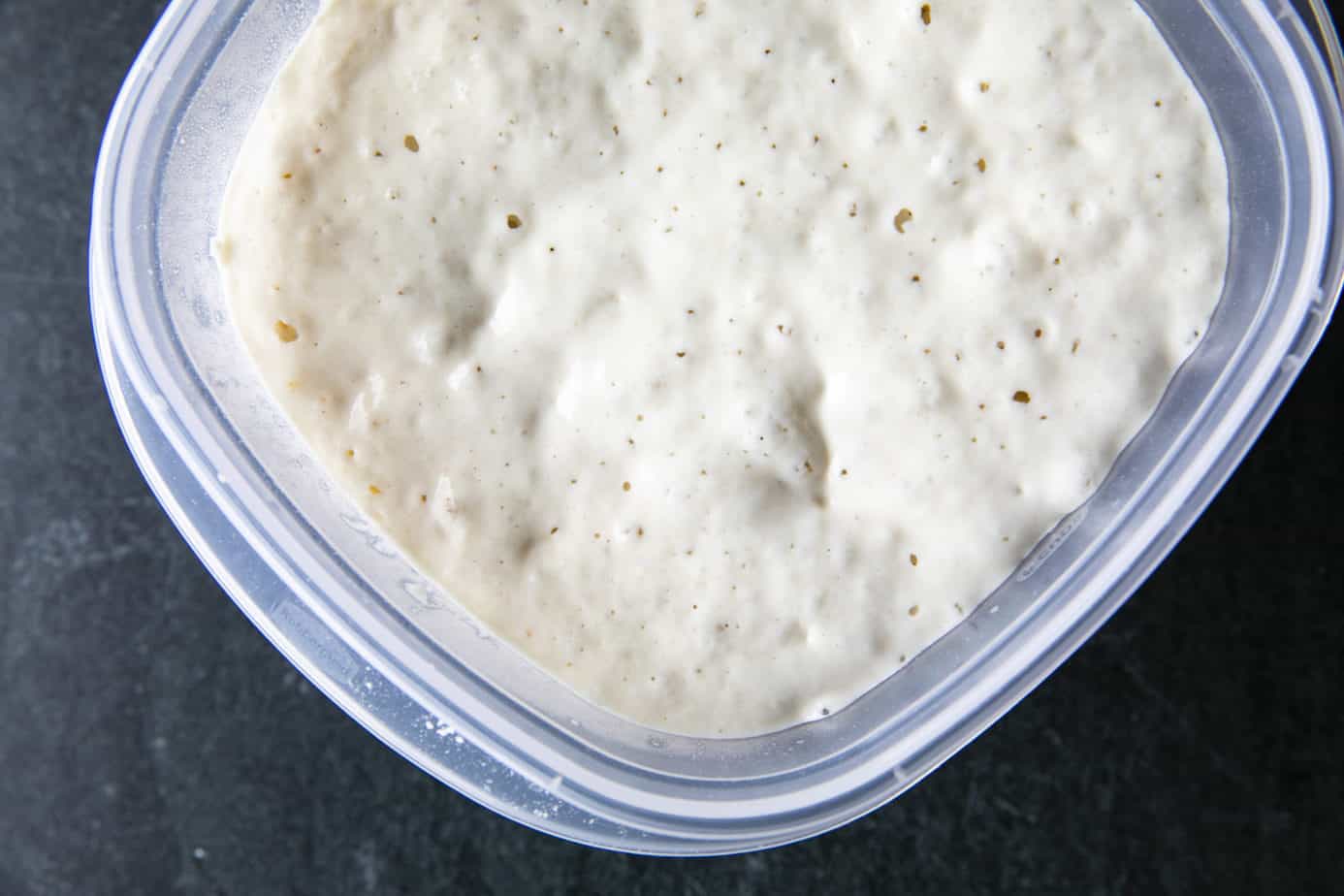
 239 views
239 viewsHow to Make Sourdough Starter
foodiewithfamily.com
5.0
(3)
Your folders
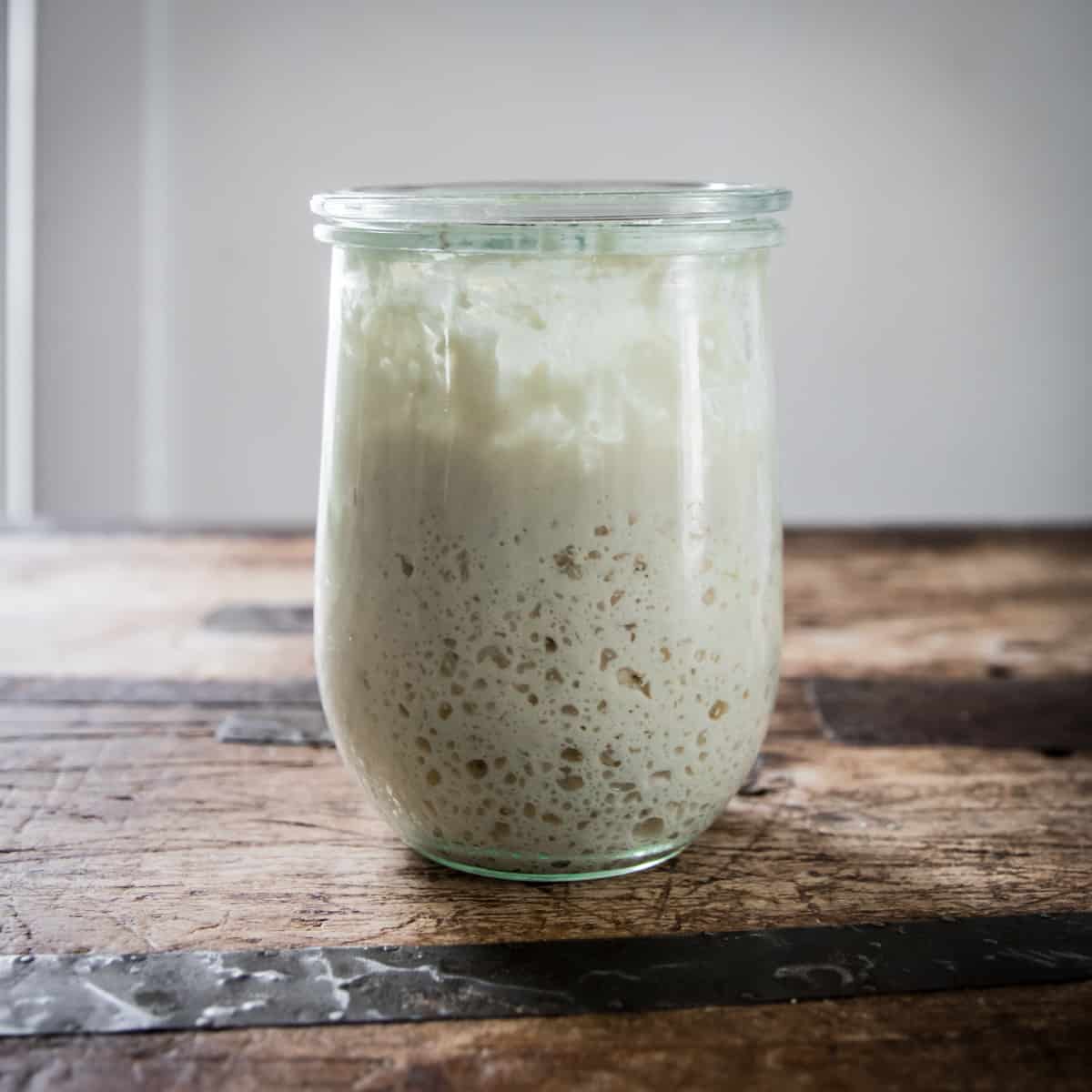
 244 views
244 viewsHow to Make Sourdough Starter
growforagecookferment.com
4.9
(7)
Your folders

 254 views
254 viewsHow to Make Sourdough Starter
acouplecooks.com
5.0
(2)
120 hours
Your folders
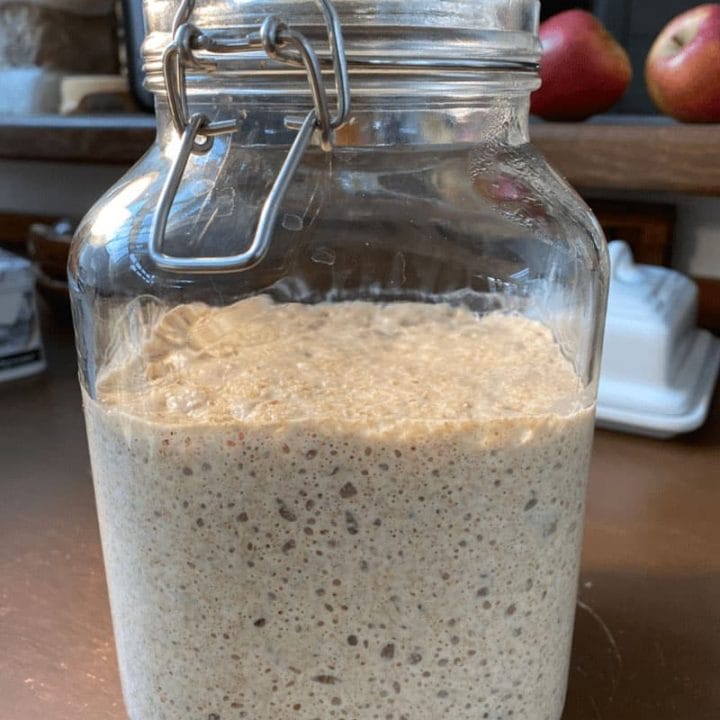
 194 views
194 viewsHow To Make Sourdough Starter
healthline-store.com